Are you one of those people who can’t imagine being away from your phone for any length of time?
Or, are you the type who loves the idea of being able to unplug while you spend hours outdoors paddling through the water?
When it comes to watersports, people tend to fall into these two categories.
While some people want their phone for taking selfies and keeping up with their social connections, others view their phone as an unwelcome distraction.
Taking your phone kayaking has some serious benefits, even if you prefer not to use it for anything more than safety purposes.
Knowing how to bring it along and keep it dry means that you’ll have your phone ready to go if you want to use it.
- 7 Reasons Why You Should Bring Your Phone Kayaking
- How Can I Protect My Phone While Kayaking?
- Is It Better to Use a Waterproof Case or a Dry Bag?
- Will I Have Reception When Kayaking?
- Where Do I Put My Phone When Kayaking?
- Can I Take Photos With My Phone Without Getting It Wet?
- Conclusion
- You Might Also Like…
Disclosure: this post contains affiliate links (clearly marked with ), which means we may earn a commission if you buy something through them, at no additional cost to you.
7 Reasons Why You Should Bring Your Phone Kayaking
Most outdoor sports enthusiasts advocate for taking a phone with you, even if your main goal is to spend the day without using any form of technology.
Carrying your phone in your kayak gives you the following benefits that make it worth taking precautions to keep it dry.
1. Feel More Secure About Your Phone’s Location
There are many different places to go kayaking all over the world, and some places may be safer than others.
Are you worried about a high crime rate in a touristy area?
If so, then keeping your phone on your body may be safer than leaving it in your car.
You might also prefer to have your phone with you if you must leave your vehicle for hours in extreme temperature conditions.
A car can get extremely hot or cold within a short period of time, which could impact your phone’s functioning.
2. Reduce Stress and Anxiety
Do you get anxious when you have to leave your phone alone for any length of time?
Many people have developed a habit of checking their phone periodically. You might do this to avoid having to respond to multiple emails and texts at once.
Some people have loved ones that they are worried about at home. For example, you might have an elderly loved one or child whose health could take a turn at any moment.
Being able to check on them lets you continue your trip without worrying about what could be going on at home.
You might also have a career that requires you to be available during certain parts of the day.
If so, then you might be able to go kayaking during downtimes provided that you have your phone available to respond.
While having to stop paddling to make a quick phone call might not be ideal, it could make the difference between you being able to have fun or be stuck sitting at home.
3. Have Access to a Camera
Your kayaking adventures could have you paddling near orcas or alligators.
You might also want to snap a photo of a gorgeous sunset or of your friend flying over a waterfall.
Spending time in an aquatic environment is filled with so many photo opportunities that you don’t want to miss a thing.
Documenting your adventure could be just a hobby, or you might use your photos as an influencer on social media.
Either way, one of the top reasons why people bring their cell phone along is to capture those amazing moments that you don’t get to experience every day.
4. Communicate With Your Kayaking Buddies
Kayaking with a group is a safe choice for your adventures, and you’ll have more fun when there is at least one other person coming along.
In most cases, you should stay close enough to hear each other shouting or see a hand signal, but there could be times when you get separated.
Whether you are paddling near the shoreline waiting for someone’s arrival or drifted apart in a strong current, being able to reach out to your buddies helps everyone stay together.
5. Stay On Top of Weather Changes
Bad weather that hits while you are on the water poses more risks than just getting you wet.
Lightning is a serious danger for kayakers, and you’ll need to leave the water as soon as you hear thunder or see a strike.
Strong wind and rain can lead to strong currents and high waves that are hard to navigate in your kayak.
Staying aware of the weather helps you to avoid having to rush to the shore or finding yourself in scary water conditions.
You can set up an app on your phone to give you weather alerts, or you can look up the latest marine forecast when you choose to carry your device on your boat.
6. Identify Your Location and Get Directions
Smart kayakers spend time checking out their route before they go down new waterways, but there are times when you may still find yourself lost.
Your phone’s map navigation system can help you quickly figure out where you are and the best route back to where you parked.
Depending upon your phone’s settings, you can also make it possible for people back at home to track your location.
This, combined with having a defined check-in time, can help alert others if you get lost or have a medical emergency in a remote location.
You’ll also want your phone to communicate with your contact team if your float plan changes.
If you decide to head to camp out on an island for the night or try a different river route, then being able to tell others your new location is critical for your safety.
7. Call for Help In an Emergency
Many things can happen while you are kayaking. Seasickness can make you feel too weak or nauseous to keep paddling.
You could experience chest pains that make you fear that you are having a heart attack.
A defect in your kayak could cause you to fear sinking before you get to shore.
You might even find that you’ve overestimated your abilities and paddled too far out on the water.
Your cell phone represents a lifeline in any situation where you know that you cannot safely continue paddling to dry land.
Depending upon where you are at, you might be able to contact the Coast Guard, local emergency services or another boater who can get you to safety.
How Can I Protect My Phone While Kayaking?
When your phone becomes a critical safety device, you want to do everything you can to protect it during your paddling trips.
Your phone might also be expensive or contain critical information that makes it hard to replace.
Taking care of your phone should include several layers of protection that prevent it from getting wet or floating away.
The first thing you can do is check your phone’s water-resistance level. Today, many devices are capable of being submerged in water briefly without having any lasting damage.
Keep in mind, however, that this isn’t always foolproof. Your phone could still be exposed to more water than it can handle on a kayaking trip.
Knowing your phone’s water-resistance capabilities does give you an idea of how seriously you need to take protecting it from damage.
Next, you’ll want to take a good look at your kayak. Most have several storage compartments that can keep your phone securely in place during rough parts of your trip, but they aren’t always completely waterproof.
It is also possible for compartments to come open and allow your phone to sink during a capsize.
This is why you’ll need several different types of supplies to protect your phone.
Ideally, you should have a secure place to store the phone along with waterproof materials and a tether to cover all possible scenarios.
Is It Better to Use a Waterproof Case or a Dry Bag?
A waterproof cover is critical for keeping your phone safe from splashes and total submersion if it falls out of your boat.
Waterproof cases are essentially like your normal phone case but with special features to keep it dry.
You’ll find heavy-duty cases that include rubber seals and hard plastic windows that protect your phone from water, mud and being dropped.
Lighter weight cases might not provide as much protection, but they often come with the benefit of allowing you to still use your phone to make calls without having to take them off.
Dry bags are specially-designed pouches that are made from waterproof materials.
Most come with tops that zip and fold over several times to further prevent water from getting inside.
A dry bag has the added advantage of being able to hold extra air so that it floats.
Unlike phone cases, they are made so that you can store other items inside such as your keys and ID card.
You’ll find that every kayaker has a preference for one type of waterproof storage over another.
However, using both gives you an added layer of protection that makes it possible to kayak without worrying about your phone getting wet.
Will I Have Reception When Kayaking?
Cell phone reception is getting better every day, and you might discover that you have the ability to use your phone in places that you might not expect.
Many popular kayaking locations have coverage near or on the water, and you are likely to have reception if there are public buildings, homes or offices nearby.
If you are worried about having reception, there are several sources that you can check before your trip.
Most carriers provide coverage maps that you can use to see if your phone should work at your destination. You can also contact their customer service team for further information.
Crowdsourced maps are another option that you can check out if you plan to visit a common kayaking location.
When you aren’t sure if you’ll have cell reception, it is best to carry a VHF marine radio that gives you a way to call for help.
Learn how to use your radio, and consider taking the same precautions that you would with a cell phone to keep it safe.
Marine radios are usually designed to be completely waterproof, but you don’t want to lose them in the water at the worst possible moment.
Where Do I Put My Phone When Kayaking?
The best location for your phone while you kayak depends upon your storage method and personal preference.
Some kayakers use a slim waterproof case or dry bag that they can attach to their clothing with a clip and keep in a pocket.
If you have a sit-in style kayak with a spray skirt, then you can choose to store your phone in its waterproof cover inside of the hull.
Other people prefer to keep their phone in a hatch if they don’t plan to use it frequently during the trip.
Wherever you choose your phone, make sure that it has a good tether to either you or the boat. Marine rope is your best option for tethering your phone since it floats and is resistant to water rot and breakage.
Can I Take Photos With My Phone Without Getting It Wet?
Taking photos while kayaking can get a little tricky, but learning how can give you some of the best images that you won’t be able to get any other way.
Look for a good waterproof case that allows you to use your phone through the surface.
It is also important to check out the covering that goes over the camera lens.
Soft, flexible plastic coverings make it easier to store your phone in your pocket, but they can lead to some hazy pictures.
A hard plastic cover gives you better images, but you will still need to make sure that no water ends up over the camera lens.
Carry a microfiber cloth that you can use to dry your hands and the waterproof case so that your pictures aren’t marred by water droplets.
Conclusion
A phone might give you a way to check your email and receive calls on dry land, but it can become a lifesaving tool out on the water.
Your phone also serves as a handy camera that helps you reduce how many items you bring along on a trip.
Making sure that your phone is protected from water and the potential for loss allows you to bring it with full confidence that it’ll still be with you and working when your trip is complete.
You Might Also Like…
-

Kayaking Vs. Rowing: What’s the Difference? (8 Key Differences)
-
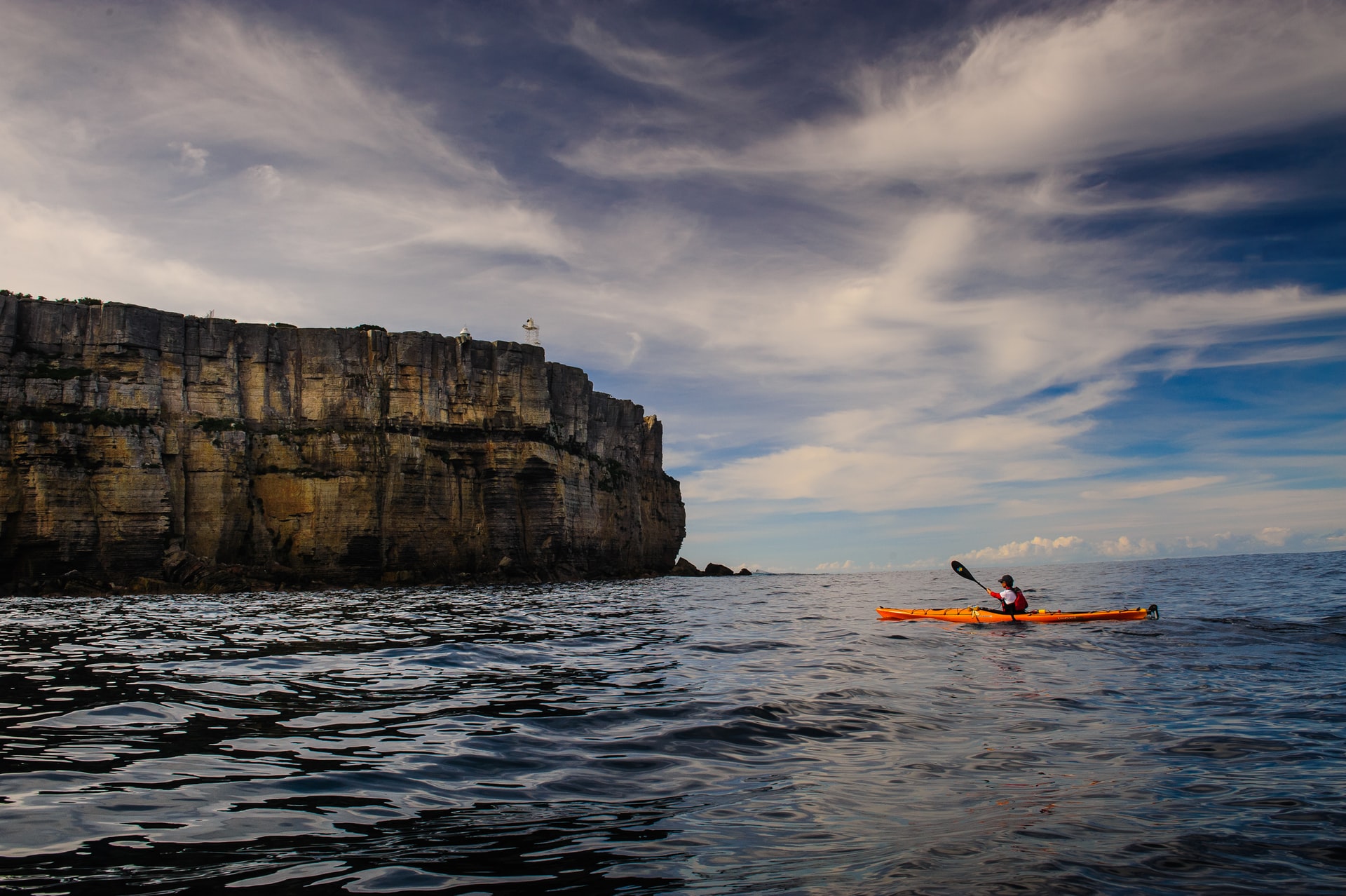
When Is It Too Windy for Kayaking? (Crucial Facts You Should Know)
-

When to Go Kayaking? (What Every Kayaker Should Know)
-

Will I Get Wet Kayaking? (Common Reasons & How to Stay Dry)
-
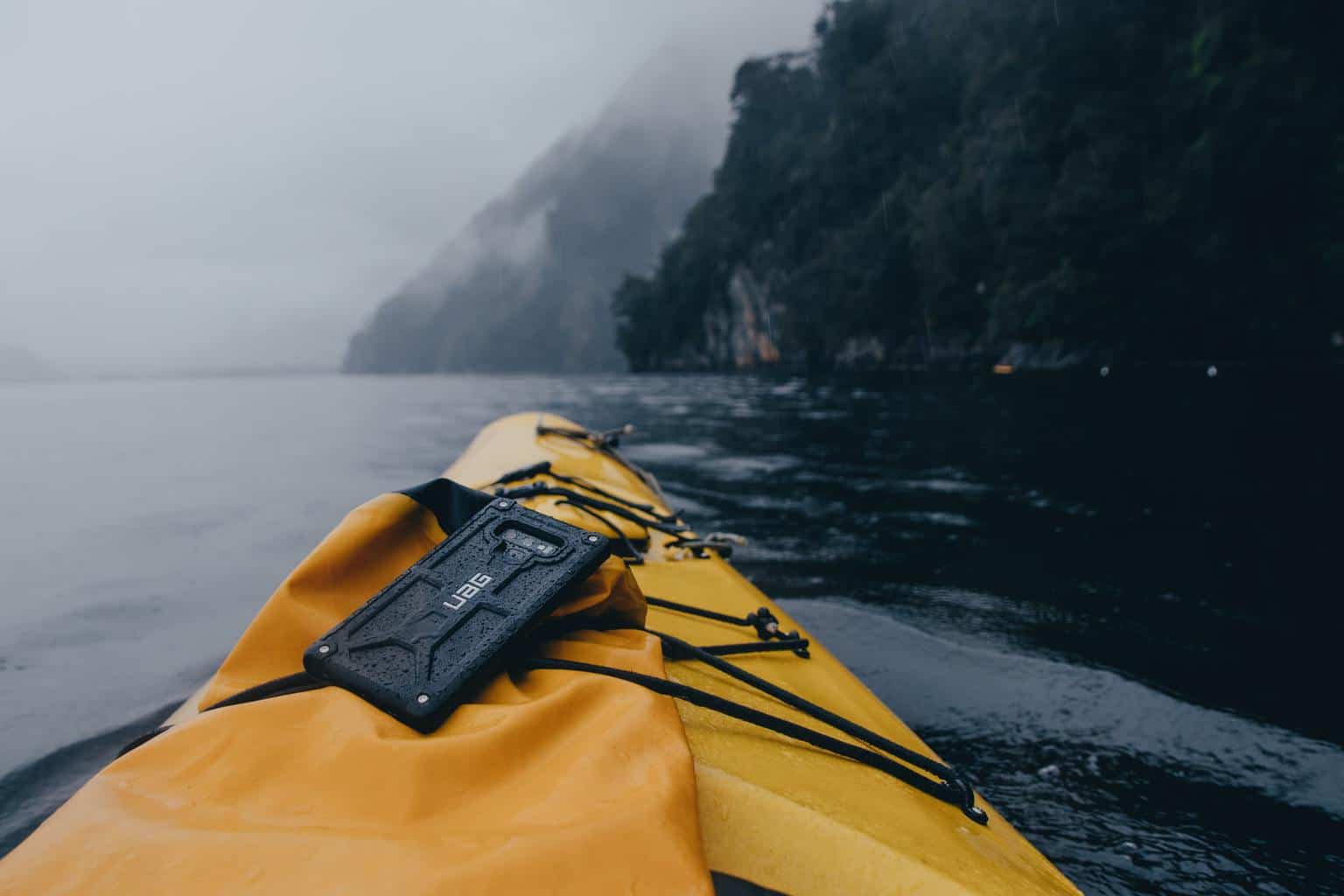
Should I Bring My Phone Kayaking? (7 Good Reasons)
-

What Shoes to Wear Kayaking? (+ the Best Shoes for Your Needs)
-
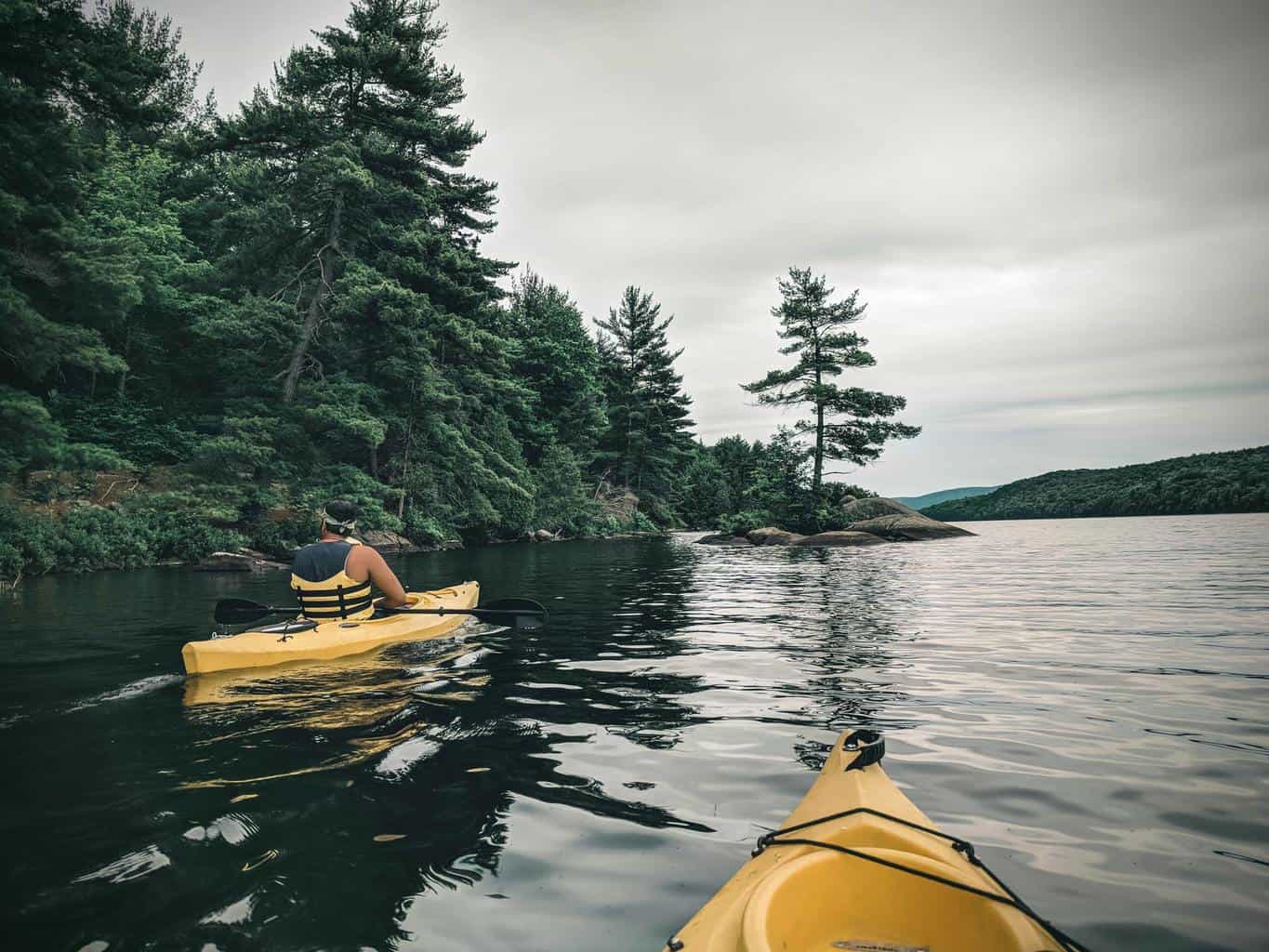
Can Kayaking Cause Chest Pain? (What Every Kayaker Should Know)
-
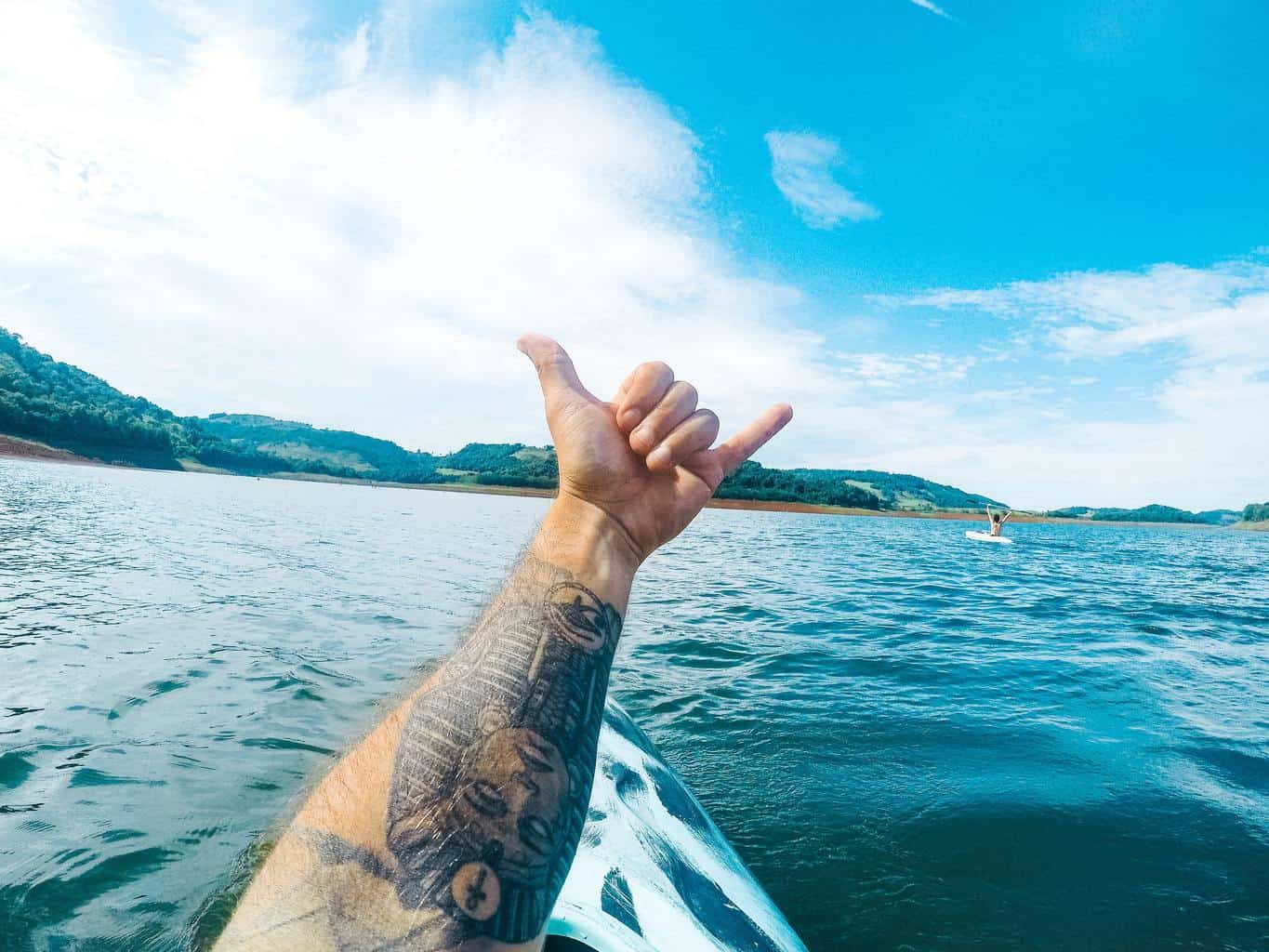
Can I Go Kayaking With a New Tattoo? (Facts You Should Know)
-

Can You Go Kayaking On Your Period? (+Practical Tips)
-
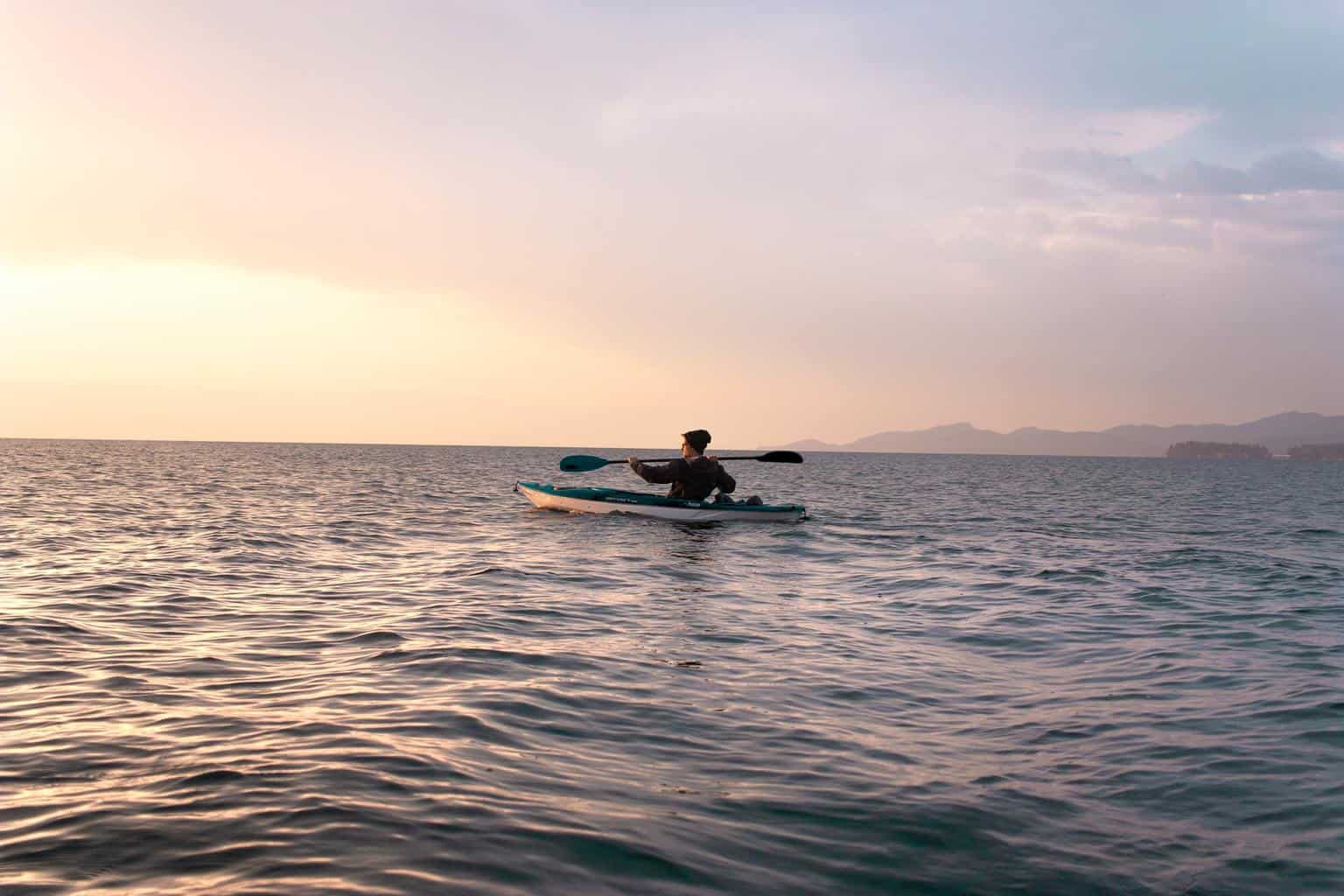
Can Kayaking Cause Hemorrhoids? (What Every Kayaker Should Know)
-
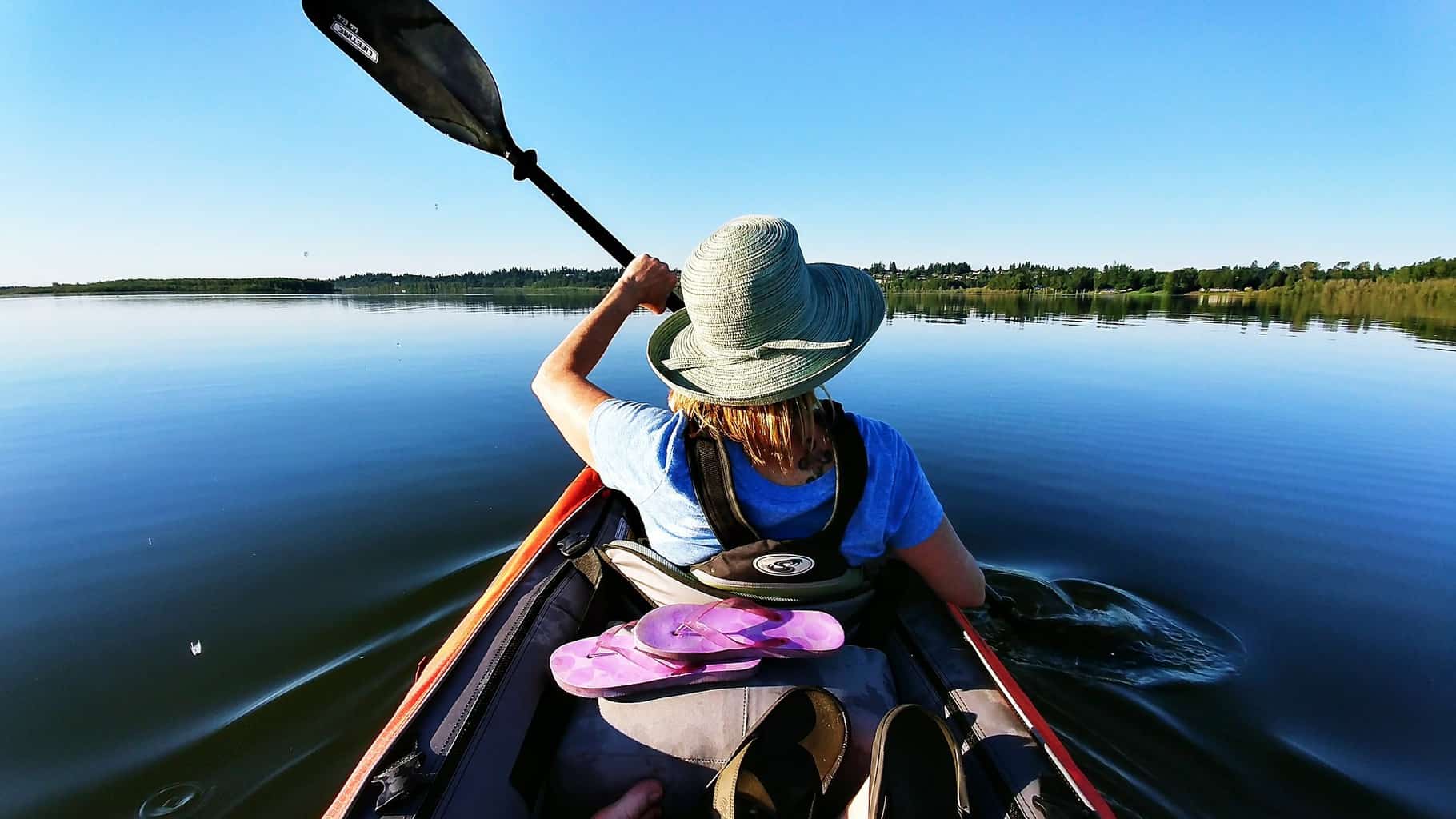
Can Kayaking Cause Tennis Elbow? (+8 Simple Tips to Avoid It)
-

Can Kayaking Cause Sciatica? (+7 Tips to Avoid It)











